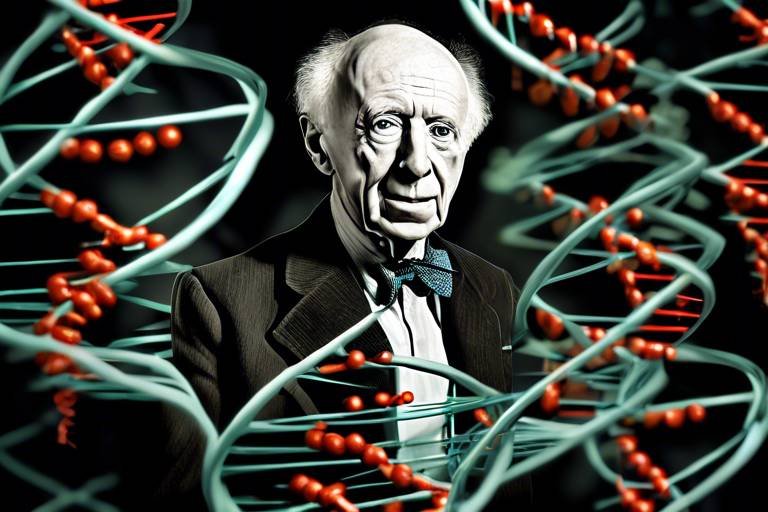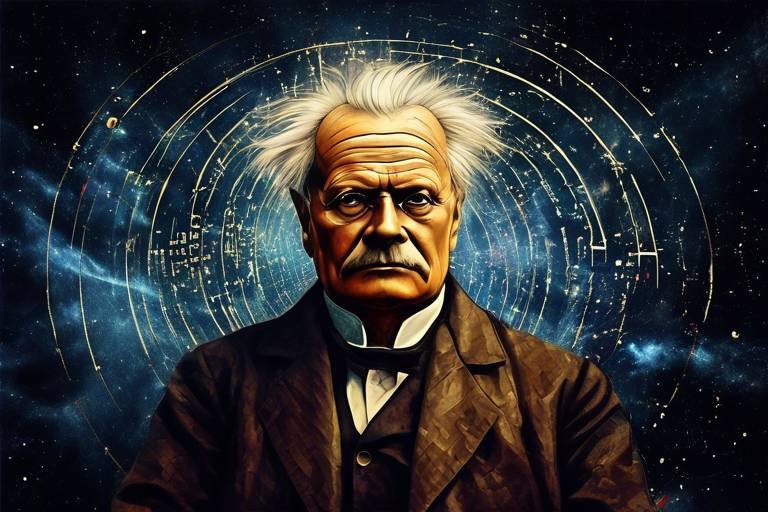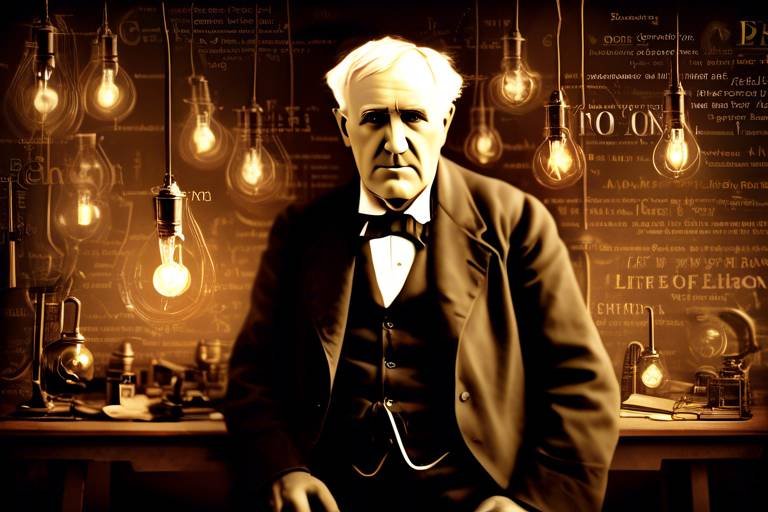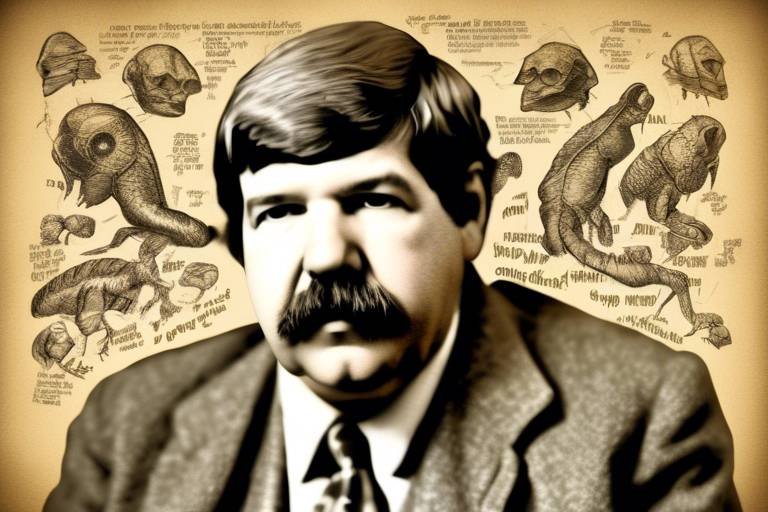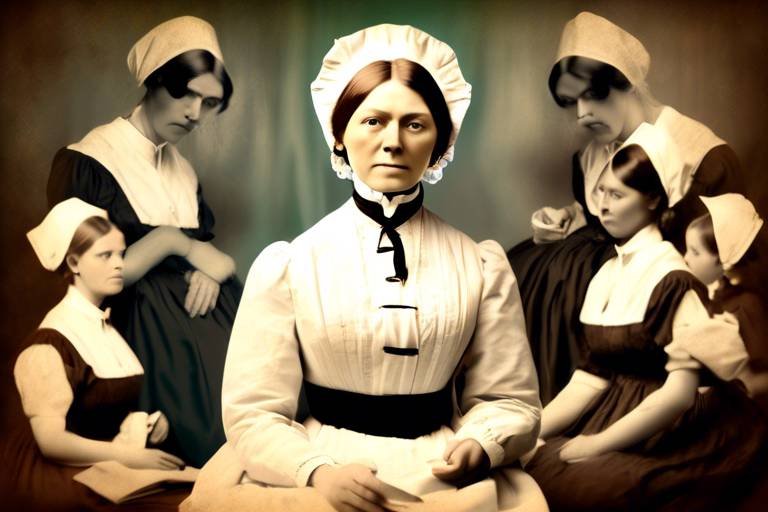The Life of Maria Montessori and Educational Reform
Maria Montessori was not just an educator; she was a revolutionary thinker whose ideas transformed the landscape of education globally. Born on August 31, 1870, in Chiaravalle, Italy, her journey was marked by a fierce determination to challenge the status quo. As a young girl, she exhibited an insatiable curiosity and a passion for learning that would later define her educational philosophy. Montessori's early experiences, including her studies in engineering and medicine, shaped her understanding of child development and education, leading her to pioneer a method that respects the natural learning processes of children.
Her groundbreaking approach to education, known as the Montessori Method, emphasizes the importance of fostering a child's innate desire to learn. Unlike traditional educational systems that often rely on rote memorization and standardized testing, Montessori's philosophy encourages exploration and self-directed learning. This shift not only empowers children but also nurtures their independence, creativity, and critical thinking skills. The impact of her work has been profound, inspiring countless educators and reformers to reconsider how we approach teaching and learning.
Montessori's legacy is evident in the countless schools and educational programs that bear her name today. From urban centers to rural communities, her methods have transcended cultural and geographic boundaries, proving that her vision of education is universally applicable. As we delve deeper into her life and the principles of her method, we uncover a treasure trove of insights that continue to resonate in modern educational practices.
In the following sections, we will explore Montessori's early life, the development of her innovative methods, and the lasting impact she has had on educational reform. We will also examine how her ideas have spread across the globe and the challenges they face in today's educational landscape. So, buckle up as we take a journey through the life of a woman who dared to change the world of education!
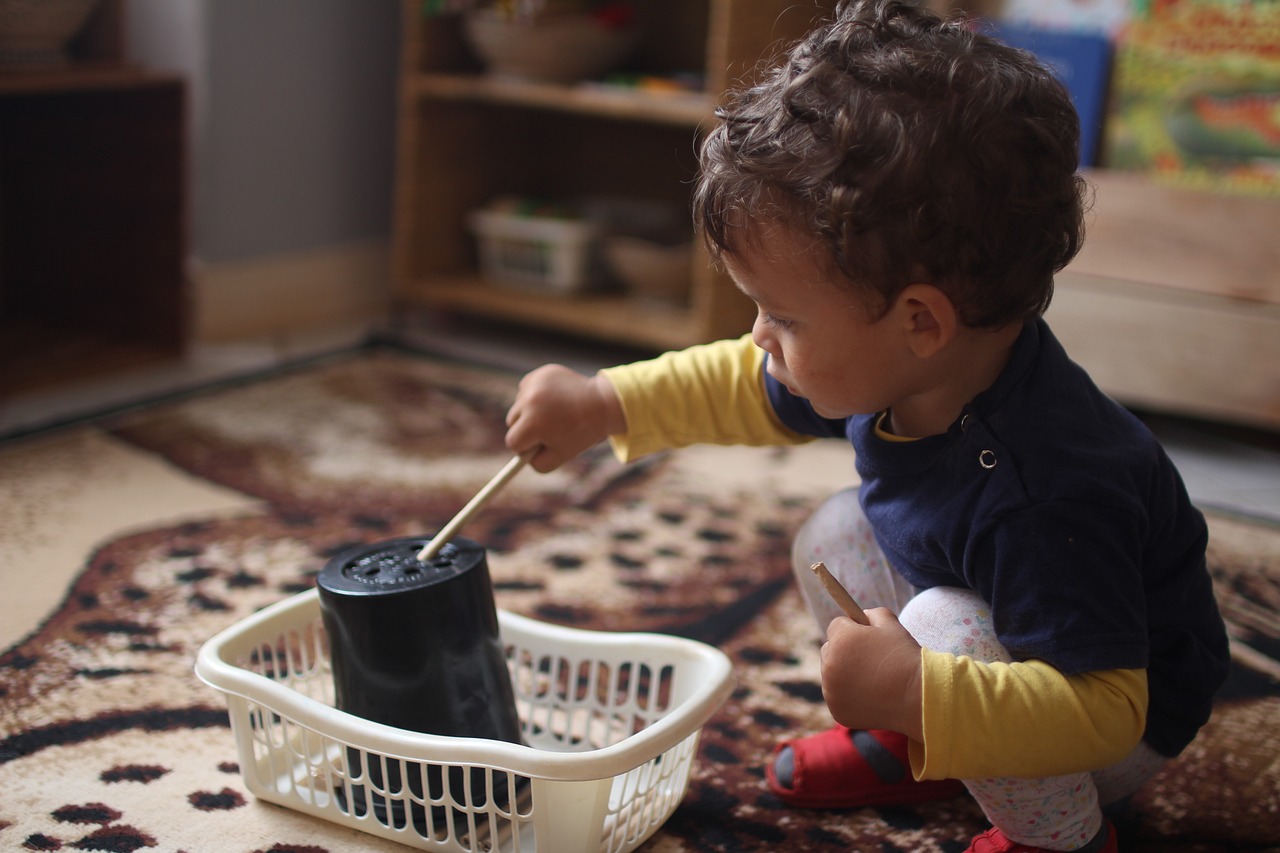
Early Life and Education
Maria Montessori was born on August 31, 1870, in Chiaravalle, Italy. From a young age, she exhibited a keen curiosity about the world around her. Growing up in a time when education for girls was often limited, Maria's parents were supportive of her ambitions. They encouraged her to pursue her interests, which ultimately led her to become one of the first female doctors in Italy. Her journey into education began at the University of Rome, where she studied medicine and graduated in 1896. This was a groundbreaking achievement, as she defied societal norms and expectations for women of her time.
During her medical studies, Montessori's exposure to children with disabilities deeply impacted her. She worked at the psychiatric clinic of the University of Rome, where she observed children who were often misunderstood and neglected by traditional educational systems. This experience ignited her passion for educational reform and laid the foundation for her future work. Montessori believed that every child, regardless of their background or abilities, deserved a chance to learn in a nurturing environment. Her early experiences shaped her philosophy, emphasizing the importance of understanding the individual needs of each child.
After completing her medical degree, Montessori began to focus on education. She opened her first school, the Casa dei Bambini, in 1907 in a poor neighborhood of Rome. This innovative school was designed to provide a stimulating environment for children aged 3 to 6 years old. Montessori's approach was revolutionary; she believed that children learn best through hands-on experiences and self-directed activities. Her method was a stark contrast to the rigid, teacher-centered education of the time, which often stifled creativity and independence.
Montessori's early life and education were pivotal in shaping her unique approach to teaching. The combination of her medical background and her experiences with children in need allowed her to develop a profound understanding of child development. She recognized that education should not merely be about rote memorization or compliance; instead, it should foster independence, critical thinking, and a love for learning. This philosophy would go on to influence countless educators and reshape the landscape of modern education.
In summary, Maria Montessori's early life was marked by challenges and triumphs that ultimately fueled her passion for educational reform. Her commitment to understanding the needs of children and her innovative spirit laid the groundwork for the Montessori Method, which continues to impact education worldwide. As we explore her methods further, it's essential to appreciate how her formative experiences shaped her vision for a more compassionate and effective approach to learning.

Development of Montessori Method
The Montessori Method isn't just a teaching technique; it's a revolutionary approach to education that has transformed how children learn and grow. Developed by Maria Montessori in the early 20th century, this method emphasizes the importance of child-led learning, allowing children to explore their interests at their own pace. Imagine a classroom where children are not just passive recipients of information but active participants in their own education. This is the essence of Montessori, where the child's natural curiosity drives the learning process.
At the heart of the Montessori Method is the belief that children learn best when they are free to choose their activities. This approach diverges significantly from traditional education systems, which often rely on a one-size-fits-all model. In a Montessori classroom, you won't find rows of desks with children sitting quietly, listening to a lecture. Instead, you'll see a vibrant environment filled with hands-on learning materials and opportunities for exploration. Children are encouraged to move freely, engage with their surroundings, and collaborate with peers, fostering a sense of community and teamwork.
One of the key aspects that set the Montessori Method apart is the use of specially designed learning materials. These materials are not just toys; they are carefully crafted tools that facilitate learning through play. For instance, children might use sensory materials to learn about textures and shapes, or mathematical manipulatives to grasp complex concepts in a tangible way. This hands-on approach not only makes learning enjoyable but also helps solidify understanding, as children can physically manipulate objects to see how they work.
Moreover, the Montessori Method places a strong emphasis on the prepared environment. This concept refers to the intentional design of the classroom space to encourage exploration and independence. Each area of the classroom is thoughtfully arranged to provide access to various materials and activities, allowing children to choose what they want to work on. This setup fosters a sense of ownership over their learning and encourages them to take initiative. Think of it like a well-stocked kitchen; when you have all the ingredients at your fingertips, you're more likely to whip up something delicious!
In summary, the Montessori Method is a unique and innovative approach to education that prioritizes the child's natural inclination to learn. By providing a supportive and enriching environment, this method not only enhances academic skills but also nurtures social, emotional, and cognitive development. It’s a holistic approach that respects the individuality of each child, paving the way for lifelong learning and personal growth.
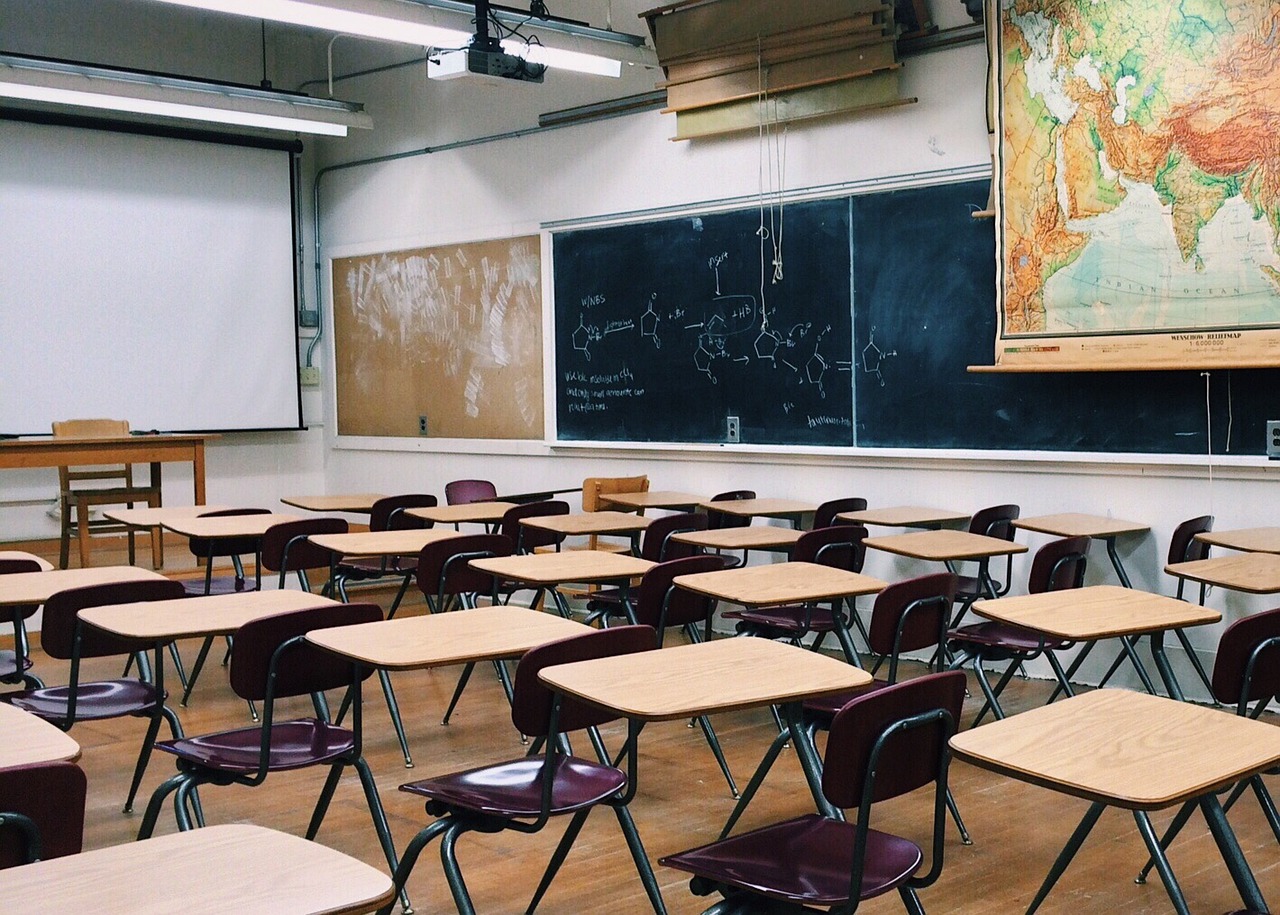
Key Principles of the Montessori Method
The Montessori Method is not just a teaching technique; it’s a philosophy that revolutionizes how we view education. At its core, this method is built on several key principles that distinguish it from traditional educational systems. One of the most significant aspects is the concept of respect for the child. Montessori believed that children are naturally curious and capable of self-directed learning. This respect manifests in the way educators interact with students, allowing them to make choices and explore their interests at their own pace.
Another fundamental principle is the prepared environment. In a Montessori classroom, the space is meticulously designed to encourage exploration and independence. Imagine walking into a room where everything is within reach, organized, and inviting. This setting not only promotes autonomy but also fosters a sense of responsibility in children as they learn to care for their surroundings. The materials used in Montessori education are also unique; they are specifically crafted to be tactile and engaging, allowing children to learn through hands-on experiences.
Moreover, the Montessori Method emphasizes individualized learning. Unlike traditional classrooms where the teacher often dictates the pace and content, Montessori educators serve as guides or facilitators. They observe each child’s interests and developmental stage, tailoring their approach to meet individual needs. This personalized attention helps cultivate critical thinking skills and encourages children to become lifelong learners.
In addition to these principles, the Montessori Method also focuses on collaborative learning. Children of different ages are often mixed together in the same classroom, promoting peer learning and social interaction. This not only helps younger children learn from older peers but also allows older students to reinforce their knowledge by teaching others. This dynamic creates a sense of community within the classroom, where children feel connected and supported.
Lastly, freedom within limits is a crucial principle of the Montessori Method. While children are given the freedom to choose their activities, there are also guidelines in place to ensure a structured learning environment. This balance helps children understand the importance of making choices while also recognizing the need for boundaries. The combination of these principles creates a holistic educational experience that nurtures the whole child, preparing them not just academically but also socially and emotionally.
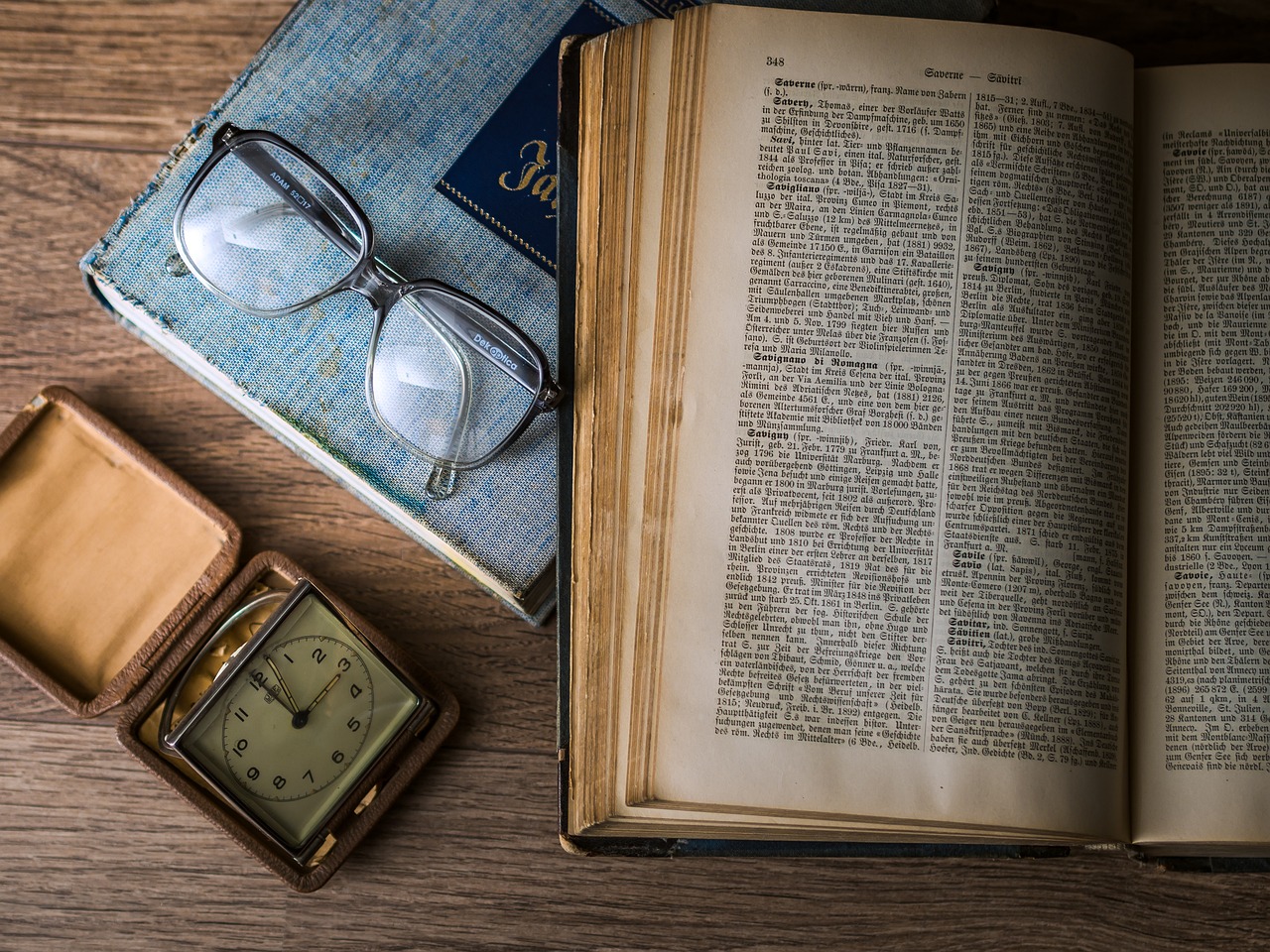
Child-Centered Learning
Child-centered learning is not just a buzzword in educational circles; it’s the heart and soul of the Montessori Method. Imagine walking into a classroom where the children are actively engaged in their own learning journeys, exploring topics that ignite their curiosity and passion. This approach empowers children to take charge of their education, fostering independence and critical thinking from a young age. In a world where traditional education often feels rigid and standardized, Montessori offers a refreshing alternative that celebrates the uniqueness of each child.
At the core of child-centered learning is the belief that children learn best when they are actively involved in their education. Instead of passively receiving information from a teacher, students in Montessori classrooms are encouraged to explore, ask questions, and discover answers on their own. This method cultivates a sense of ownership over their learning process, making education not just a requirement but a joyful adventure.
One of the key aspects of child-centered learning is the emphasis on intrinsic motivation. When children are allowed to choose their activities based on their interests, they are more likely to engage deeply and retain what they learn. For instance, if a child is fascinated by insects, they might spend hours researching different species, creating models, or even conducting experiments. This kind of self-directed learning not only enhances knowledge but also builds confidence and a love for learning that lasts a lifetime.
Moreover, child-centered learning nurtures social skills and emotional intelligence. In a Montessori classroom, children learn to work collaboratively, resolve conflicts, and respect one another's opinions. This environment fosters a sense of community where children feel safe to express themselves and take risks in their learning. It’s like a garden where each child is a unique flower, blossoming at their own pace, supported by the nurturing soil of their peers.
In addition to promoting independence and social skills, child-centered learning also aligns with the natural development of children. As Maria Montessori famously said, “The child is both a hope and a promise for mankind.” By allowing children to explore their interests and learn through hands-on experiences, we honor their innate curiosity and drive to learn. This approach recognizes that learning is not a one-size-fits-all journey but a personal expedition that varies for each individual.
To summarize, child-centered learning is transformative. It shifts the focus from teacher-led instruction to a more dynamic and engaging learning environment. With its roots in respect for the child and a commitment to fostering independence, it prepares students not just academically but also as thoughtful, compassionate individuals ready to face the world. As we continue to explore the principles of Montessori education, it’s clear that child-centered learning is not just a method; it’s a philosophy that can reshape how we view education itself.
- What is child-centered learning? - Child-centered learning is an educational approach that prioritizes the interests and needs of the child, allowing them to take an active role in their learning process.
- How does child-centered learning differ from traditional education? - Unlike traditional education, which often involves direct instruction from teachers, child-centered learning encourages exploration, self-direction, and collaboration among students.
- What are the benefits of child-centered learning? - Benefits include increased motivation, enhanced critical thinking skills, improved social interactions, and a greater love for learning.
- Is child-centered learning effective for all age groups? - Yes, child-centered learning can be adapted to suit various age groups and developmental stages, making it a versatile approach.
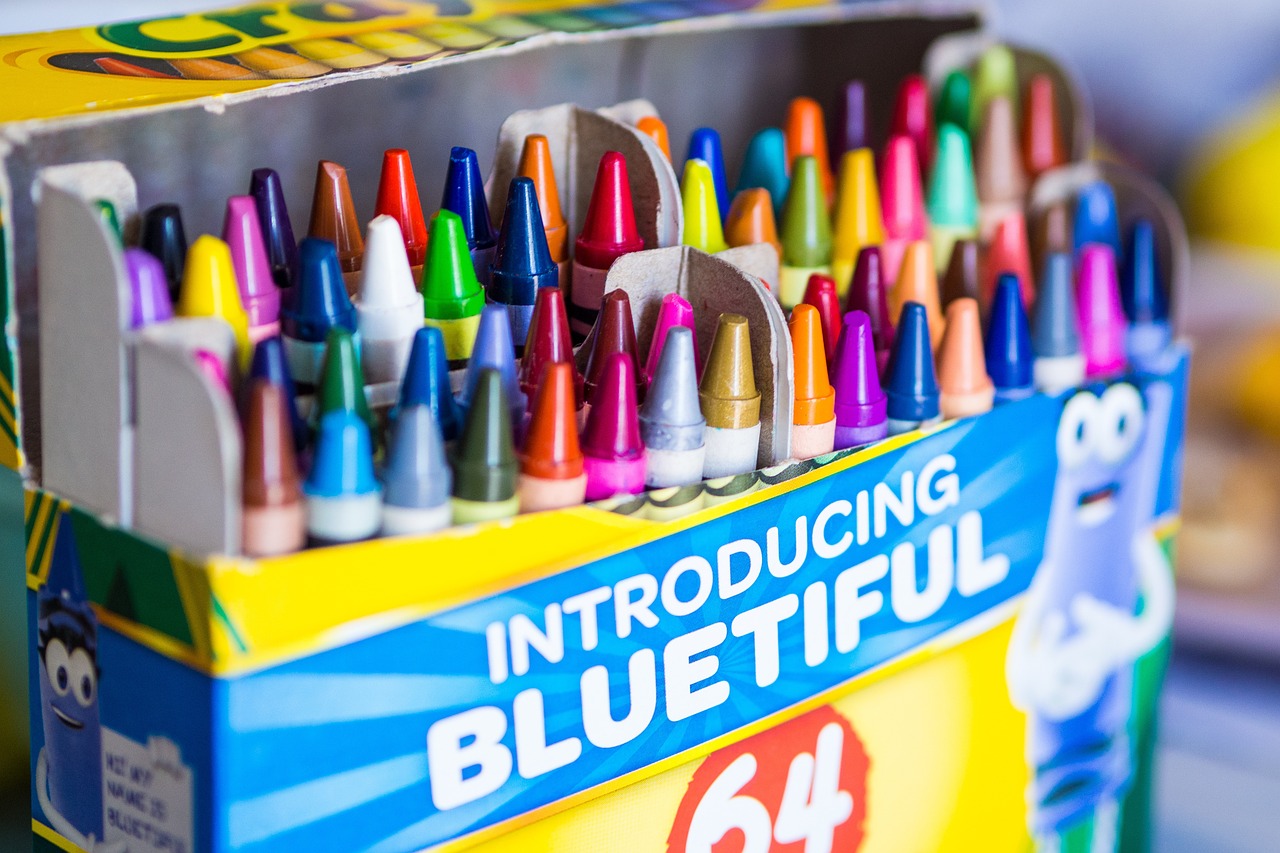
Prepared Environment
The is a pivotal element in the Montessori Method, acting as a canvas where children can paint their own learning experiences. Imagine stepping into a space that is not just a classroom but a vibrant ecosystem designed specifically for young minds to flourish. This environment is meticulously organized and thoughtfully arranged to cater to the natural instincts and developmental needs of children. It’s like a treasure chest filled with opportunities, waiting to be explored!
In a Montessori classroom, everything is purposefully placed within reach of the children. This accessibility empowers them to make choices and engage in activities that pique their interest. The idea is simple yet profound: when children can independently choose their tasks, they take ownership of their learning journey. This autonomy fosters a sense of responsibility and cultivates their innate curiosity. Picture a child confidently selecting a math activity from a shelf, fully immersed in the process of discovery, rather than passively receiving information from a teacher.
Moreover, the prepared environment isn’t just about physical space; it’s about creating an atmosphere that encourages exploration, creativity, and collaboration. The materials used in this environment are often multi-sensory, appealing to various learning styles. For instance, a child might use tactile materials to understand mathematical concepts, or engage with nature by observing plants and insects in a designated area. This hands-on approach allows children to learn through experience, making education a dynamic and engaging process.
To further illustrate the importance of a prepared environment, consider the following key features:
- Orderliness: Everything has its place, which helps children develop a sense of organization.
- Accessibility: Materials are within reach, allowing children to choose and return items independently.
- Beauty: The environment is aesthetically pleasing, fostering a sense of calm and focus.
- Variety: Diverse learning materials cater to different interests and developmental stages.
In essence, the prepared environment is a sanctuary for learning. It’s where children can experiment, make mistakes, and ultimately grow. By providing a space that respects their need for independence while guiding them gently, the Montessori Method creates a fertile ground for lifelong learners. Just like a garden nurtured by sunlight and water, children thrive in environments that support their growth and exploration.
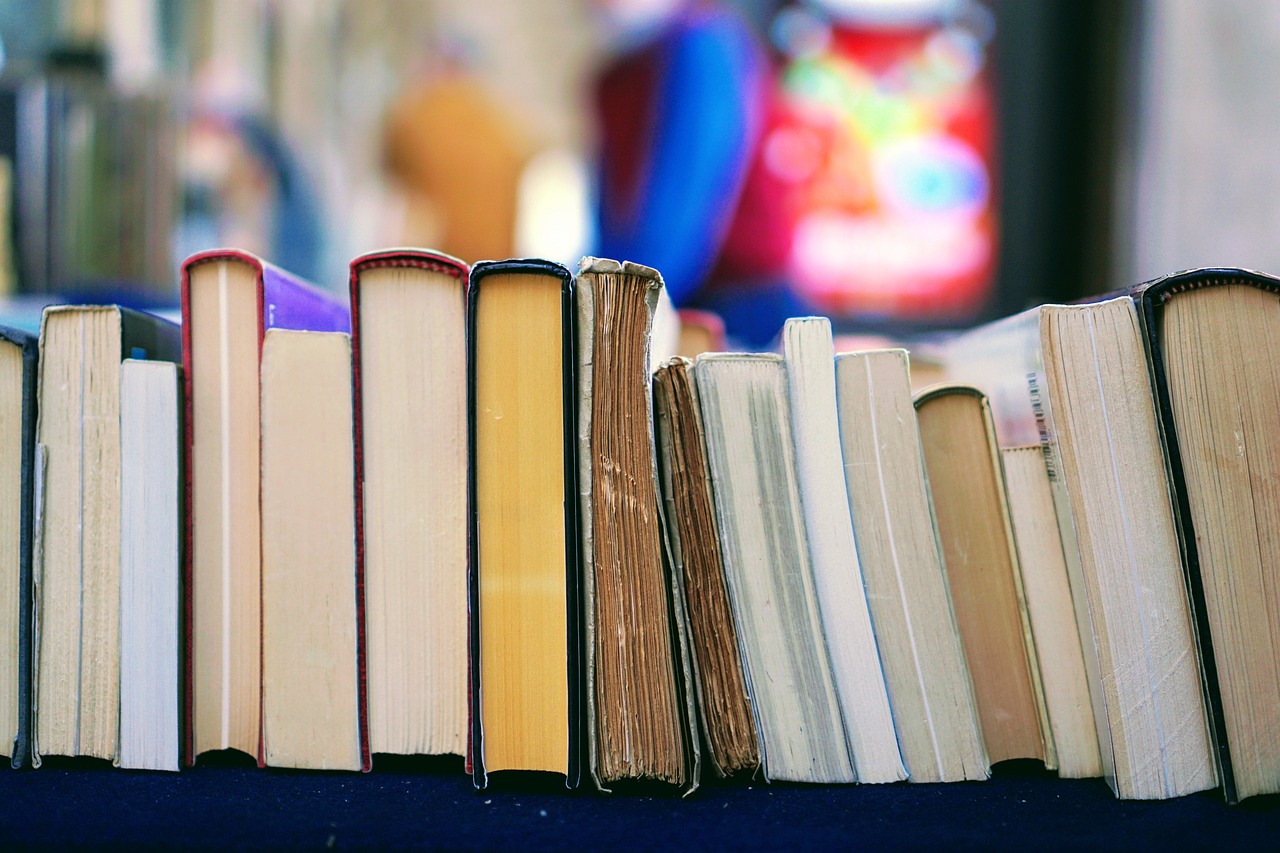
Impact on Educational Reform
Maria Montessori's contributions to education were nothing short of revolutionary. Her innovative approach not only transformed how children learn but also sparked a broader movement toward educational reform. Montessori's ideas challenged the traditional, rigid educational systems that dominated the early 20th century, advocating for a more flexible, child-centered approach. This shift was akin to opening a window in a stuffy room, allowing fresh air and new ideas to flow in.
One of the most significant impacts of Montessori's work was the emphasis on the individuality of the child. Unlike the one-size-fits-all method of teaching that was prevalent, Montessori believed that each child is unique, possessing their own interests and learning styles. This philosophy resonated with educators and parents alike, leading to a growing recognition of the importance of catering to individual needs in educational settings. As schools began to adopt her methods, they reported remarkable improvements in student engagement and motivation, which further fueled the reform movement.
Moreover, Montessori's influence extended beyond the classroom. Her ideas inspired various educational movements worldwide, including progressive education and child-centered learning. In fact, many contemporary educational theories can trace their roots back to her principles. The Montessori Method became a beacon for those advocating for more humane and effective educational practices, emphasizing the importance of respect, autonomy, and a love for learning.
To illustrate the widespread impact of Montessori's ideas, consider the following table that highlights key educational reforms influenced by her work:
| Reform Movement | Key Features | Influence of Montessori |
|---|---|---|
| Progressive Education | Focus on experiential learning and critical thinking | Emphasized child-led discovery and hands-on experiences |
| Constructivist Learning | Learning as a process of constructing knowledge | Promoted the idea that children learn best when they engage with materials |
| Social-Emotional Learning | Development of emotional intelligence and interpersonal skills | Encouraged respect for others and self-awareness in learning environments |
Furthermore, Montessori's emphasis on the prepared environment has been adopted by various educational institutions seeking to create spaces that foster creativity and exploration. This concept has led to significant architectural and design innovations in schools, where classrooms are now designed to be more inviting and conducive to learning. The impact is evident in the way schools are structured today, with an increased focus on creating environments that reflect the needs and interests of students.
Despite the challenges and criticisms faced by the Montessori Method, its enduring legacy is a testament to its effectiveness. Today, educators around the globe continue to draw inspiration from Montessori's principles, striving to create learning experiences that honor the individuality of each child. Her impact on educational reform is not just a chapter in history; it is a living, breathing movement that continues to evolve and inspire.
In conclusion, Maria Montessori's life work has left an indelible mark on education. Her ideas have transcended borders and cultural contexts, influencing countless educators and reformers. As we reflect on her legacy, it becomes clear that the journey toward educational reform is ongoing, and Montessori's vision remains a guiding light for those committed to fostering a love for learning in children everywhere.
- What is the Montessori Method? The Montessori Method is an educational approach developed by Maria Montessori that emphasizes child-led learning and hands-on experiences.
- How does the Montessori Method differ from traditional education? Unlike traditional education, which often relies on rote memorization and standardized testing, the Montessori Method focuses on individualized learning and respects each child's unique pace and interests.
- Are Montessori schools effective? Many studies suggest that Montessori education can lead to higher levels of academic achievement, social skills, and emotional development compared to traditional educational methods.
- Can Montessori principles be applied at home? Absolutely! Parents can incorporate Montessori principles by providing a prepared environment, allowing children to choose their activities, and encouraging independence in daily tasks.
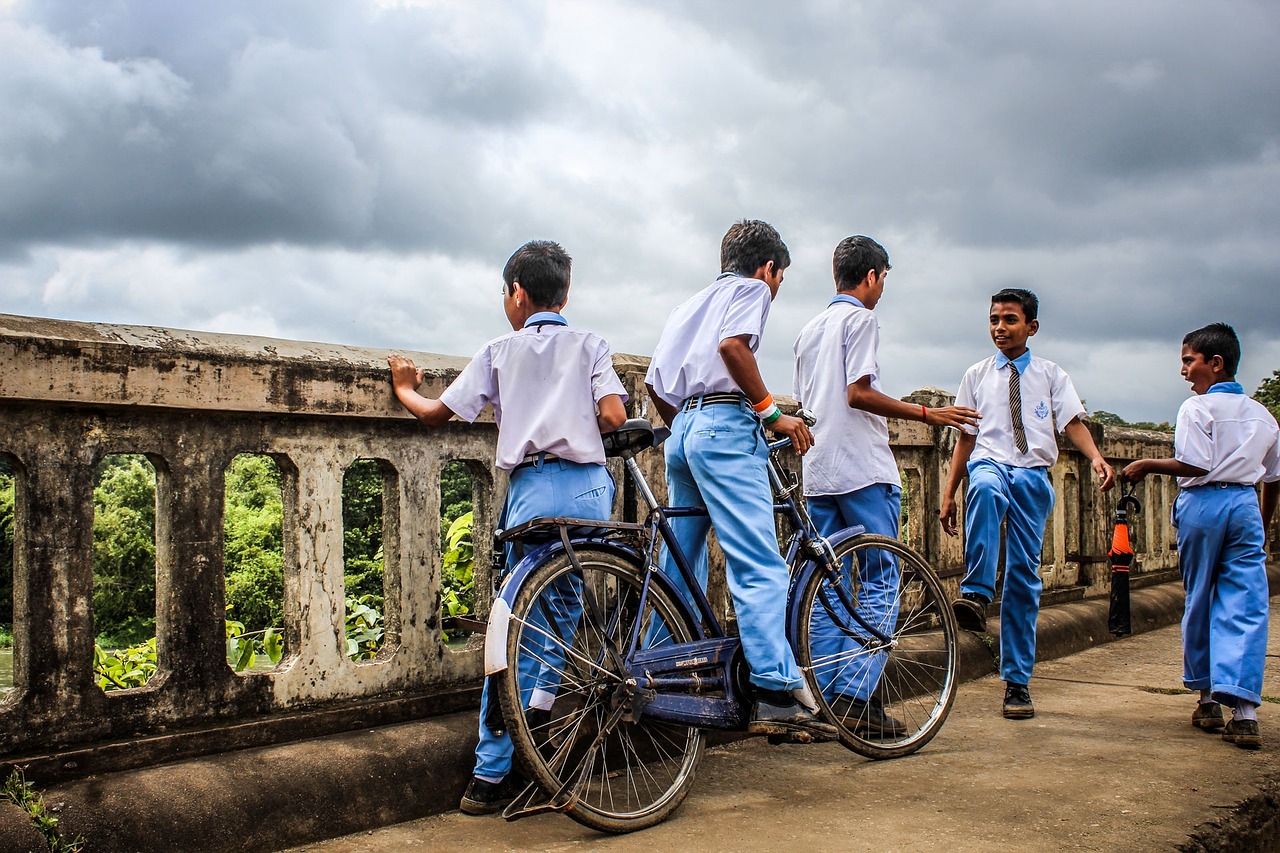
Global Spread of Montessori Education
The impact of Maria Montessori's educational philosophy has been nothing short of remarkable, transcending geographical boundaries and cultural differences. Since its inception in the early 20th century, the Montessori Method has spread like wildfire across the globe, captivating educators and parents alike with its innovative approach to learning. Imagine a world where children are not just passive recipients of information, but active participants in their own education—this is the essence of Montessori education.
Today, Montessori schools can be found in over 110 countries, serving a diverse range of students from various backgrounds. This global spread has led to adaptations of the Montessori Method that respect local cultures while maintaining the core principles laid out by Maria Montessori. For instance, in countries like Japan, schools have integrated traditional values of respect and discipline into the Montessori framework, creating a unique blend that resonates with local families.
One of the key factors contributing to the widespread acceptance of Montessori education is its emphasis on child-led learning. This approach not only nurtures a child’s natural curiosity but also encourages independence and self-motivation. As a result, many parents are drawn to Montessori schools, believing that this method prepares their children for the complexities of the modern world. The philosophy aligns well with contemporary educational needs, emphasizing critical thinking and problem-solving skills over rote memorization.
In various regions, Montessori education is often viewed as a refreshing alternative to traditional schooling systems, which can be rigid and standardized. For example, in the United States, Montessori schools have gained popularity among parents seeking a more personalized educational experience for their children. The flexibility of the Montessori Method allows for a curriculum that can be tailored to the individual needs and interests of each student, fostering a love for learning that lasts a lifetime.
However, the global spread of Montessori education is not without its challenges. As the method becomes more popular, some educators and institutions have rushed to adopt the Montessori label without fully understanding or implementing its principles. This has led to a phenomenon often referred to as "Montessori-in-name-only," where schools may claim to follow the Montessori Method while straying from its foundational philosophies. To combat this issue, organizations such as the American Montessori Society and the Montessori Accreditation Council for Teacher Education have established guidelines and accreditation processes to ensure that schools adhere to authentic Montessori practices.
As we look to the future, the potential for Montessori education to continue its global expansion remains bright. With an increasing number of educators and parents recognizing the benefits of this approach, the Montessori Method stands poised to influence educational reform on an even larger scale. The movement is not merely about establishing schools; it's about reshaping the way we think about education itself—transforming it into a dynamic, engaging, and holistic experience for every child.
- What is Montessori education? Montessori education is a child-centered approach that encourages independent learning and exploration in a prepared environment.
- How is Montessori education different from traditional education? Unlike traditional education, which often follows a fixed curriculum, Montessori education allows children to learn at their own pace and choose their own activities.
- Are Montessori schools available worldwide? Yes, Montessori schools are present in over 110 countries, adapting the method to fit local cultures and educational needs.
- What are the benefits of Montessori education? Benefits include fostering independence, critical thinking, and a lifelong love for learning among students.
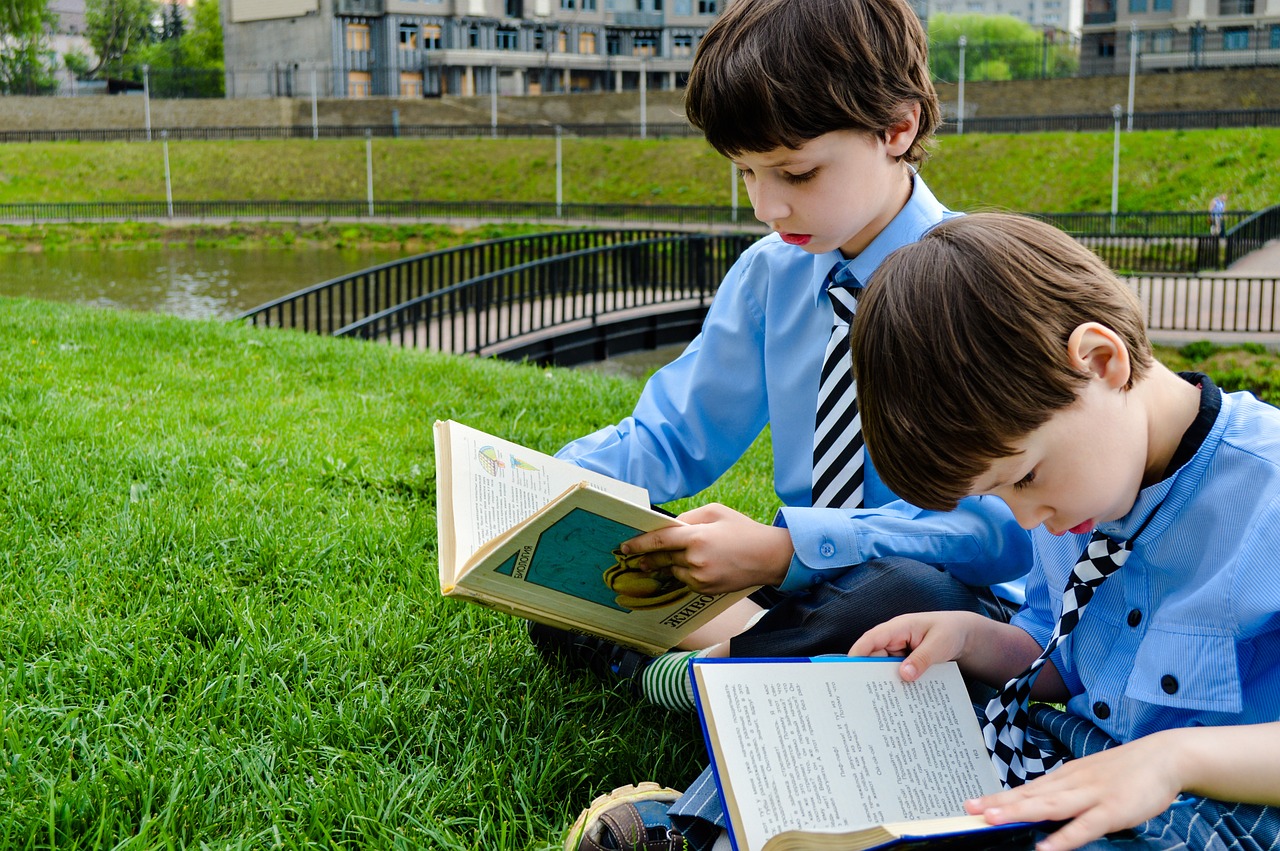
Montessori Schools Today
Today, Montessori schools have blossomed into a global phenomenon, offering a unique approach to education that continues to resonate with parents, educators, and students alike. With over 20,000 Montessori schools operating in more than 110 countries, this educational method has proven to be adaptable and effective across diverse cultural contexts. What makes these schools so appealing? It's all about fostering a love for learning in a way that feels natural and engaging for children.
Montessori education today is characterized by its commitment to child-centered learning, where students are encouraged to explore subjects at their own pace. This approach allows for a personalized learning experience that can cater to each child's individual interests and strengths. Imagine a classroom where children are not confined to desks, but instead, they can move freely, choose their activities, and follow their curiosity. Sounds like a dream, right? Well, that’s the reality in many Montessori classrooms around the world!
However, the implementation of the Montessori Method can vary significantly from one school to another. While some institutions remain true to the original principles laid out by Maria Montessori, others may adapt her ideas to fit more traditional educational frameworks. This can lead to a mixed bag of experiences for students. For instance, some schools may prioritize the prepared environment and hands-on learning, while others might inadvertently revert to conventional teaching methods. To illustrate this, here's a brief overview of common characteristics found in Montessori schools today:
| Characteristic | Description |
|---|---|
| Mixed Age Groups | Students of different ages learn together, fostering collaboration and mentorship. |
| Hands-On Learning | Students engage with tactile materials that promote exploration and discovery. |
| Teacher as Guide | Teachers facilitate learning rather than direct it, allowing for student autonomy. |
| Focus on Life Skills | Curriculum includes practical life skills, encouraging independence and responsibility. |
Despite the success of Montessori schools, they are not without their challenges. As the demand for alternative educational methods grows, some institutions struggle with maintaining fidelity to Montessori principles. This can lead to confusion among parents and educators about what constitutes a true Montessori experience. Moreover, the increasing popularity of the Montessori Method has resulted in a surge of schools that claim to be Montessori but may not adhere to the established guidelines. This situation has sparked debates about the authenticity and effectiveness of such programs.
Furthermore, the Montessori Method faces criticism from some traditional educators who argue that it lacks structure and can lead to gaps in essential knowledge. While proponents of Montessori education emphasize the importance of fostering critical thinking and independence, skeptics often question whether students are adequately prepared for standardized testing and traditional academic environments. Nevertheless, many Montessori graduates have gone on to thrive in various fields, demonstrating that the skills acquired through this method can translate into real-world success.
In conclusion, Montessori schools today represent a vibrant and evolving landscape of education. They embody the spirit of innovation that Maria Montessori championed over a century ago, while also navigating the complexities of modern educational demands. As we look to the future, it’s clear that the Montessori Method will continue to inspire and challenge conventional approaches to learning, proving that education can be both effective and enjoyable.
As we delve deeper into the world of Montessori education, many questions arise. For those curious about the nuances of this method and its implications for today's learners, we invite you to explore our "Frequently Asked Questions" section below.

Challenges and Criticisms
The Montessori Method, while revolutionary and widely embraced, is not without its . One of the primary concerns raised by educators and parents alike is the perceived lack of structure within Montessori classrooms. Traditional education often relies on a set curriculum and standardized testing, which some argue provides a necessary framework for learning. Critics claim that the Montessori approach, with its emphasis on child-led learning, can lead to gaps in knowledge and skills, especially in subjects like mathematics and literacy.
Another notable criticism revolves around the implementation of the Montessori Method. Not every school that claims to be Montessori adheres strictly to Maria Montessori's original principles. This inconsistency can lead to a diluted version of the method, causing confusion among parents and educators regarding what authentic Montessori education entails. For instance, some schools may prioritize free play over structured learning, while others may not provide adequately prepared environments that foster exploration and independence.
Additionally, there are concerns about the training and qualifications of Montessori teachers. While there are accredited training programs, not all educators have the same level of training or understanding of Montessori principles. This variability can impact the effectiveness of the method, leading to differing experiences for students across various schools. In essence, the success of a Montessori program often hinges on the quality of the educators implementing it.
Moreover, the Montessori Method faces challenges in terms of public perception. Many parents are accustomed to traditional educational practices and may be skeptical about the effectiveness of a child-centered approach. This skepticism can be compounded by the fact that Montessori education often requires a significant financial investment, which can limit accessibility for many families. The notion that Montessori schools are elitist or only for the privileged can deter potential students from experiencing the benefits of this innovative educational method.
In light of these criticisms, it's essential to consider the broader context of educational reform. The Montessori Method has sparked important discussions about the nature of learning and the role of the teacher. While it may not be a perfect fit for every child or educational setting, it undeniably challenges educators to think critically about how they approach teaching and learning. As we navigate these challenges, it’s crucial to remain open to dialogue and continuous improvement within the educational landscape.
- What are the main criticisms of the Montessori Method? Some of the main criticisms include the perceived lack of structure, variability in implementation, and concerns about teacher training.
- Is Montessori education suitable for all children? While many children thrive in Montessori environments, it may not be the best fit for every child, depending on their learning style and needs.
- How can parents ensure their child is receiving authentic Montessori education? Parents should research schools thoroughly, inquire about teacher qualifications, and observe classroom environments to ensure they align with Montessori principles.
Frequently Asked Questions
- What is the Montessori Method?
The Montessori Method is an educational approach developed by Maria Montessori that emphasizes child-led learning and independence. It encourages children to explore their interests at their own pace, fostering a love for learning through hands-on activities and self-directed exploration.
- How does the Montessori Method differ from traditional education?
Unlike traditional education, which often follows a one-size-fits-all model, the Montessori Method focuses on the individual child's needs and interests. It promotes a prepared environment where children can choose activities that engage them, rather than following a strict curriculum dictated by the teacher.
- What are the key principles of the Montessori Method?
The key principles include respect for the child, the importance of a prepared environment, and hands-on learning experiences. These principles work together to create a nurturing space where children can thrive, develop independence, and cultivate critical thinking skills.
- What is a prepared environment in Montessori education?
A prepared environment is a thoughtfully designed space that encourages exploration and creativity. It includes age-appropriate materials and activities that are accessible to children, allowing them to engage in learning experiences that spark their curiosity and foster self-directed learning.
- How has Montessori education spread globally?
Montessori education has transcended cultural boundaries, with schools established in various countries around the world. This global spread is a testament to the effectiveness and adaptability of Montessori principles, which have been embraced in diverse educational contexts.
- What challenges does Montessori education face today?
Despite its popularity, Montessori education faces challenges such as misconceptions about its effectiveness and the varying degrees of implementation in schools. Critics often question whether the method adequately prepares children for traditional educational settings or standardized testing.
- Are Montessori schools suitable for all children?
Montessori schools can be suitable for many children, especially those who thrive in environments that promote independence and exploration. However, each child is unique, and it's essential for parents to consider their child's individual learning style and needs when choosing an educational approach.
- How can parents support Montessori learning at home?
Parents can support Montessori learning at home by creating a prepared environment that encourages exploration and independence. Providing children with age-appropriate materials, allowing them to make choices, and engaging in hands-on activities together can enhance their learning experience.




